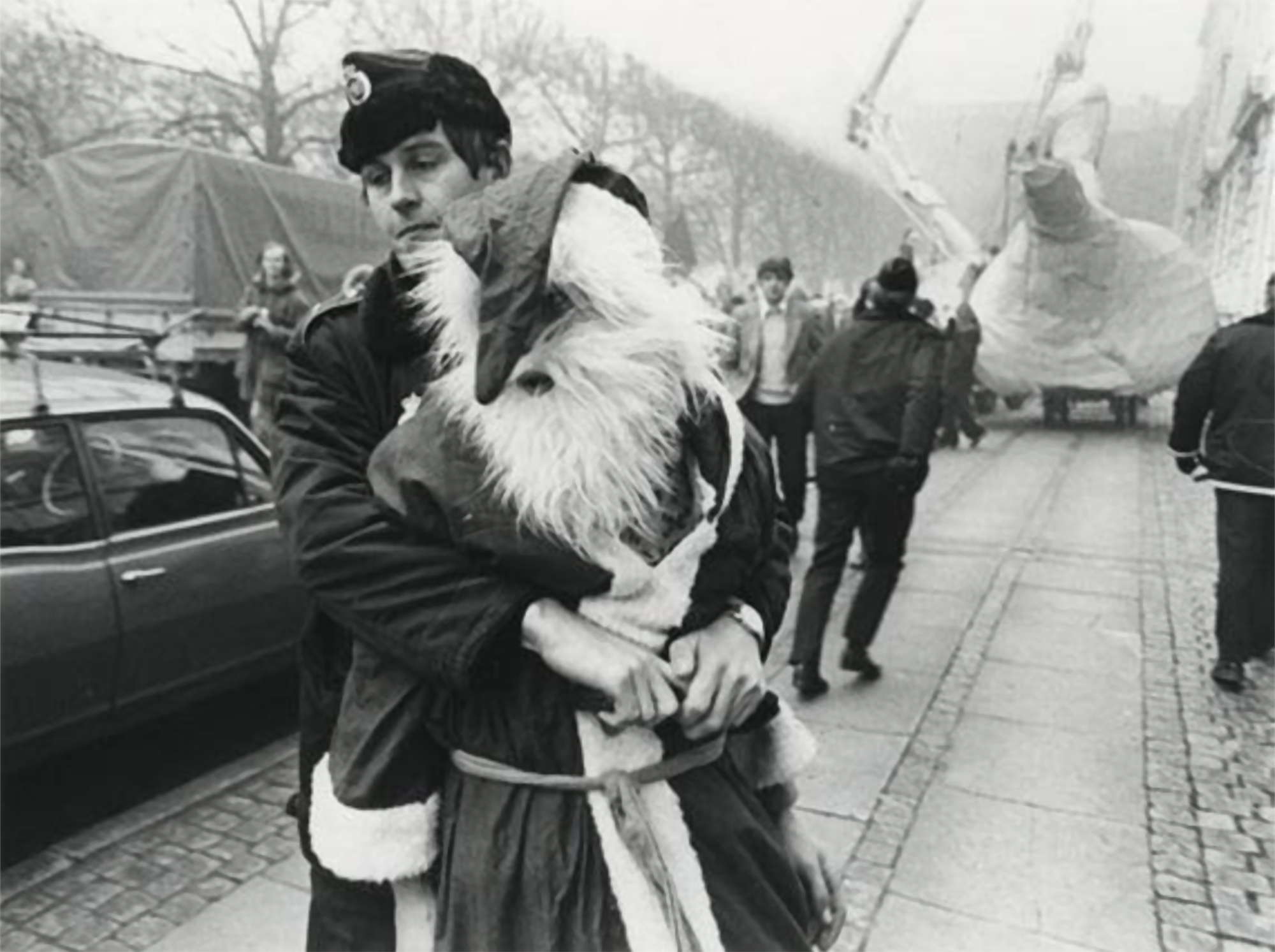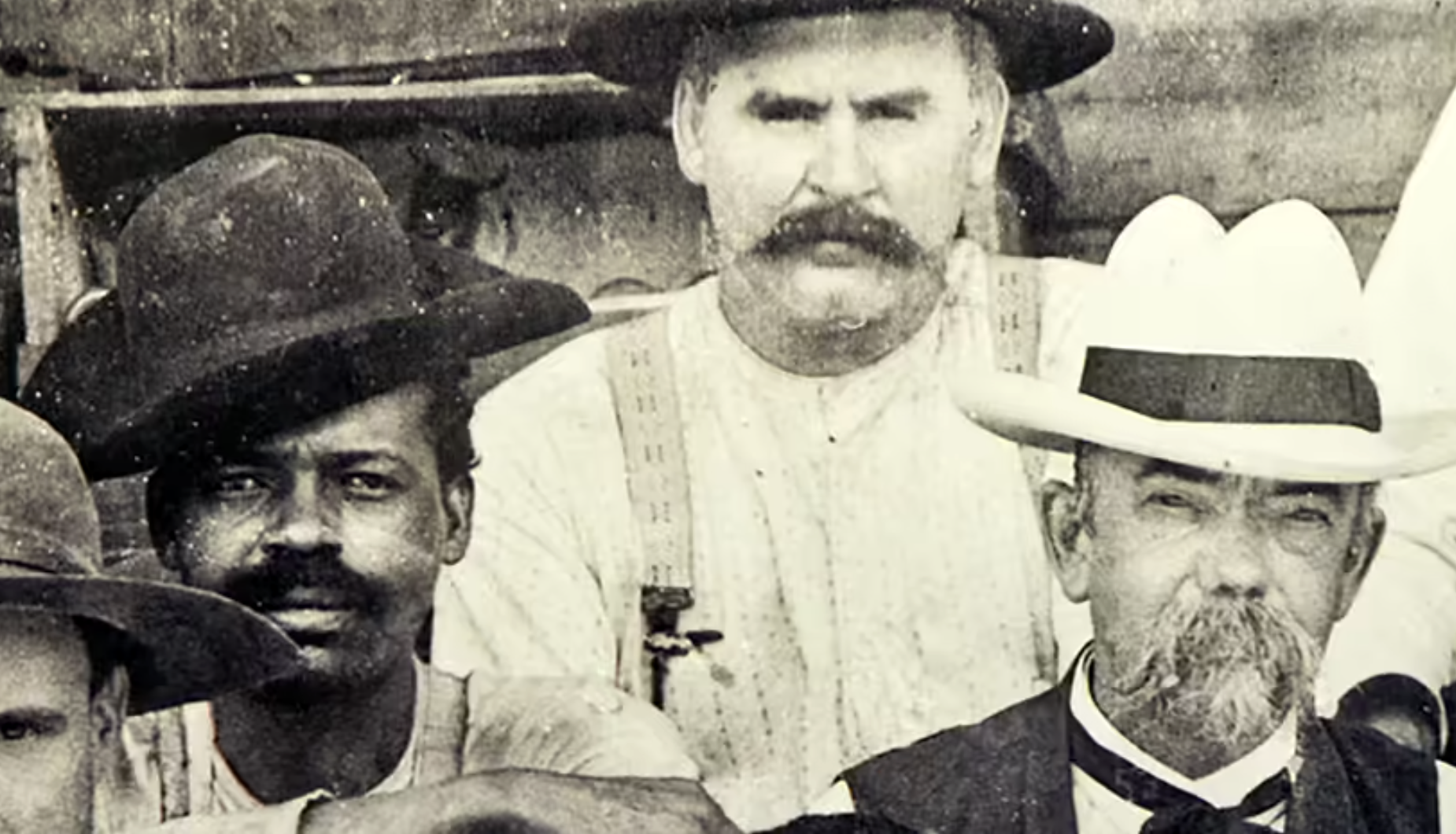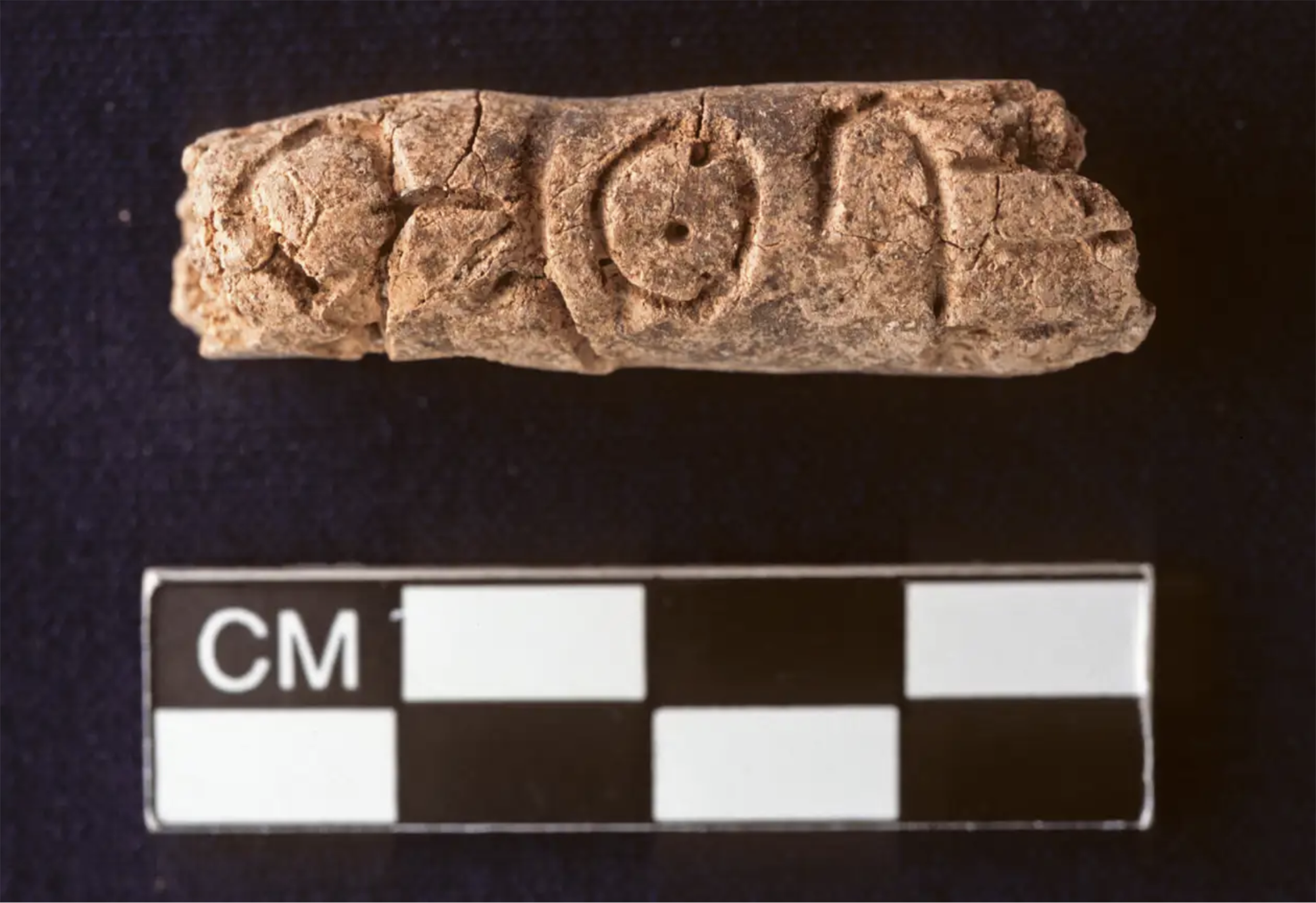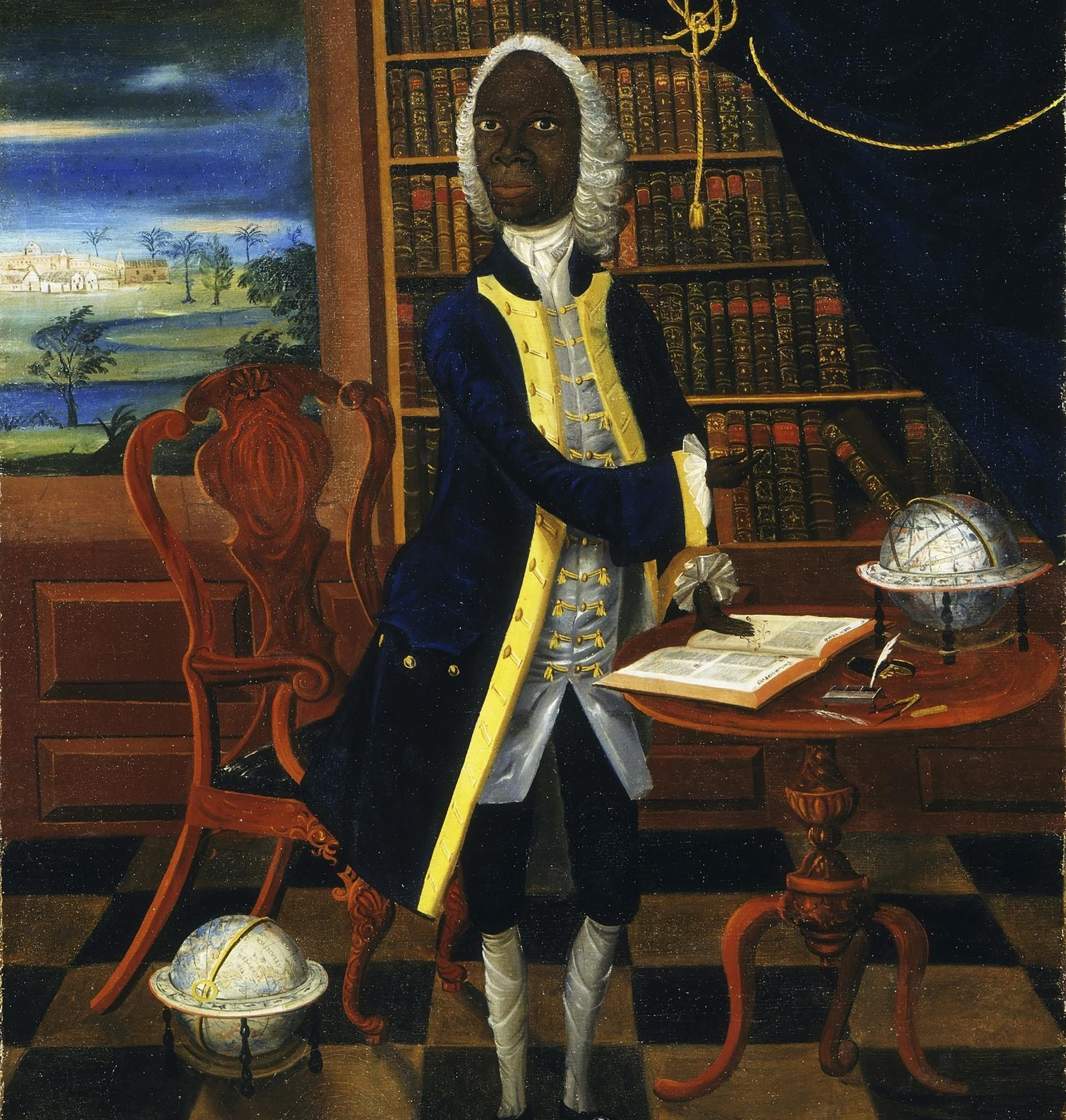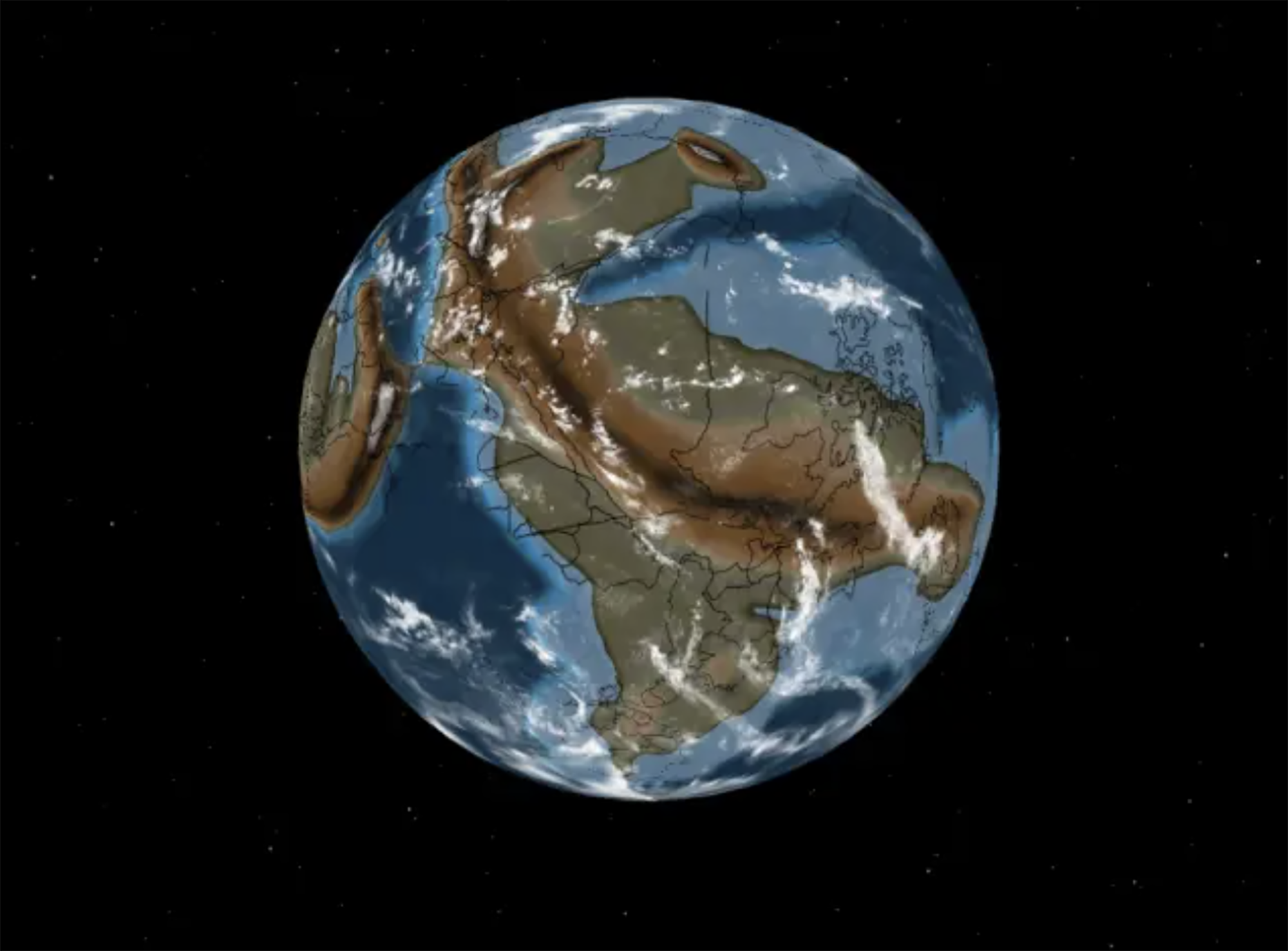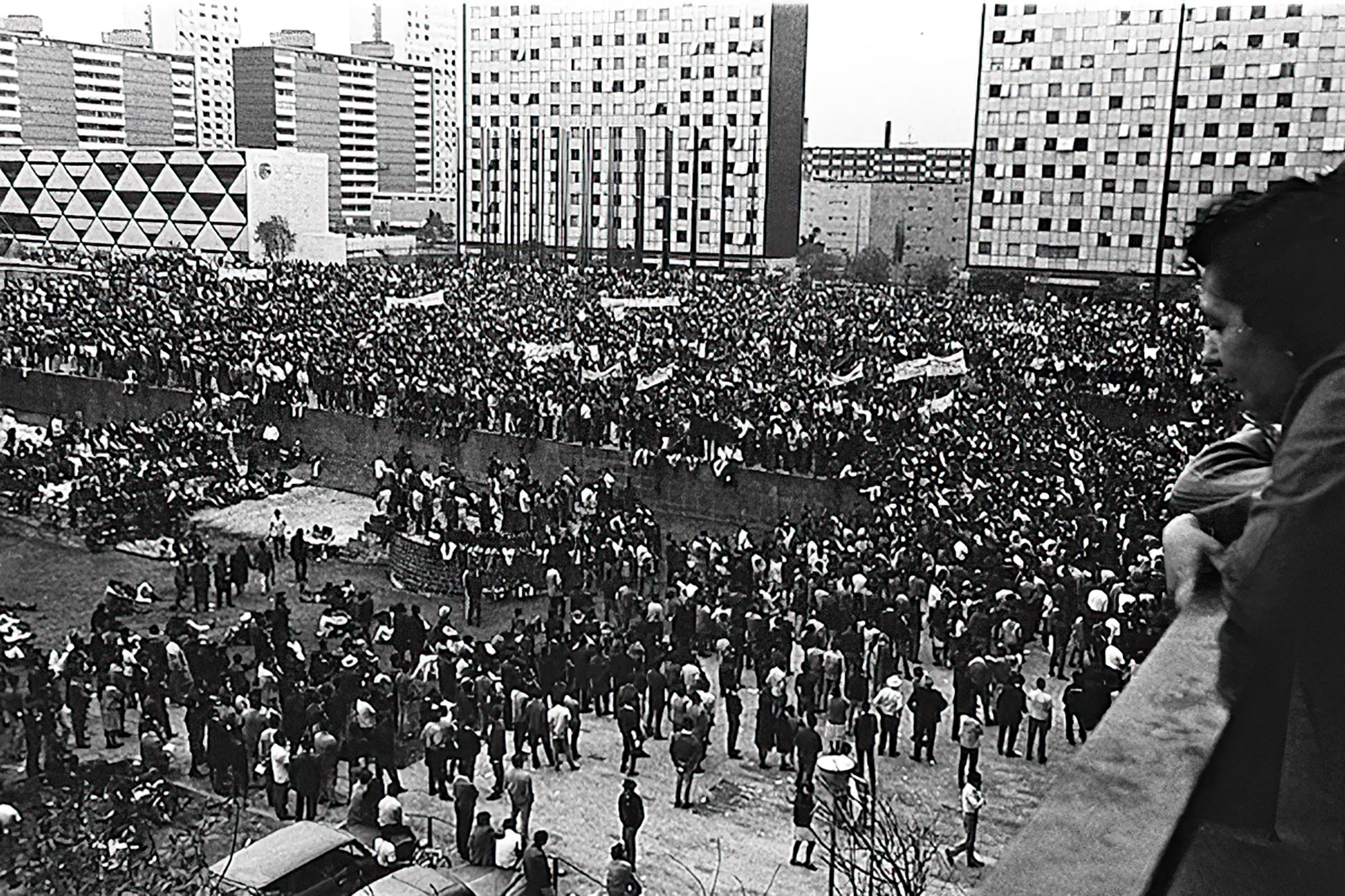Industrialization changed the dream.
- London, 17th century. The criminal documents of the city archives collected a number of references to sleep, which referred to the “first dream” and the “second dream”, as well as the description of what was done in the intermediate period.
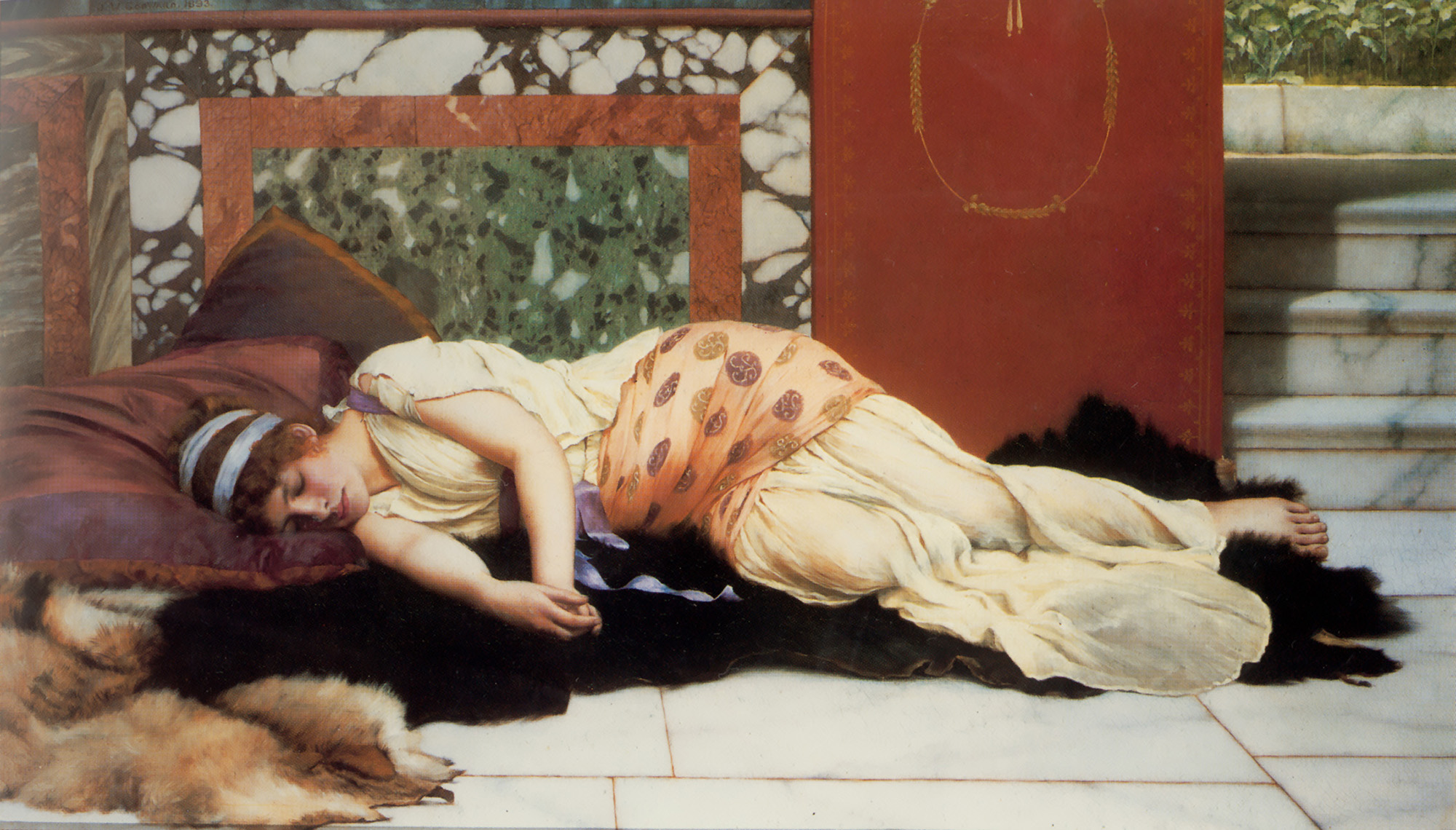
When American historian Roger Ekirch appropriated it, he decided to investigate the issue further and in 2001 Sleep We Have Lost: Pre-Industrial Slumber in the British Islands ("The dream we have lost: Pre-industrial lethargy in the British Isles”), published in The American Historical Review.
Ekirch explored other European archives, letters and publications of all kinds, concluding that in the Europe of the Modern Age the two-phase prevailed. Pre-industrial Europeans slept at dusk. After two or three hours of sleeping, they woke up to midnight. During this speech period, some remained in bed, praying, reflecting or maintaining sexual intercourse. Others got up and engaged in housework, or talked to neighbors. And, as criminal files have shown, there were also people who used to steal.
Industrialization and, in particular, artificial light led to the modification of natural sleep habits. Or, in other words, what industrialization imposed was allowed by artificial light.
This habit could come from the Middle Ages and originate in Christianity. In the sixth century the monk St. Benedict forced him to wake up for prayer at midnight and it could be thought that this Benedictine habit spread to the whole of society. But Ekirch reviewed the classical authors and found references to biphasic sleep in his writings of Homer, Tito Livio or Plutarco. He also says that today, in many isolated communities without artificial light, they still sleep twice.
This idea was endorsed by an experiment in the 1990s. Maryland (EE.UU. ), NIMH psychiatrist Thomas Wehr, established “prehistoric” sleep conditions for several subjects and, in a few weeks, all tended to a fragmented sleep.
Industrialization and, in particular, artificial light led to the modification of natural sleep habits. Or, rather, what was imposed by industrialization was allowed by artificial light. The industry demanded the rigor and synchronization of workers' schedules, monetizing the time.And besides producing at work, workers had to consume it on the street so that the machinery of the new system worked properly. In the middle of the 18th century, the first streetlights were installed in major European cities, illuminating the bad habit of a single dream.
More and more professionals say that biphasic sleep is healthier, but they are aware that in this post-industrial society it is impossible to return to natural sleep.
Copenhagen, 18 December 1974 At 12 noon a ferry arrived at the port, from where a group of about 100 Santa Claus landed. They brought a gigantic geese with them. The idea was to make a kind of “Trojan Goose” and, upon reaching the city, to pull the white beard costumes... [+]
Tennessee (United States), 1820. The slave Nathan Green is born, known as Nearest Uncle or Nearest Uncle. We do not know exactly when he was born and, in general, we have very little data about him until 1863, when he achieved emancipation. We know that in the late 1850s Dan... [+]
New York, 1960. At a UN meeting, Nigeria’s Foreign Minister and UN ambassador Jaja Wachucu slept. Nigeria had just achieved independence on 1 October. Therefore, Wachuku became the first UN representative in Nigeria and had just taken office.
In contradiction to the... [+]
Researchers at Johns Hopkins University have discovered several cylinders with inscriptions at the present Syrian Reservoir, the Tell Umm-el Marra. Experts believe that the signs written in these pieces of clay can be alphabetical.
In the 15th century a. The cylinders have... [+]
London 1928. At the Victoria and Albert Museum there was a very special painting: in the painting there is a black man, with wig and Levite, surrounded by books and scientific instruments. Thus it was catalogued in the Museum: “Unique satirical portrait representing a failed... [+]
Ethiopia, 24 November 1974. Lucy's skeleton was found in Hadar, one of the oldest traces of human ancestors. The Australian hominid of Australopithecus afarensis is between 3.2 and 3.5 million years old.
So they considered it the ancestor of species, the mother of all of us. In... [+]
A group of archaeologists from the University of Berkeley, California, USA. That is, men didn't launch the lances to hunt mammoths and other great mammals. That was the most widespread hypothesis so far, the technique we've seen in movies, video games ...
But the study, published... [+]
Zamora, late 10th century. On the banks of the Douro River and outside the city walls the church of Santiago de los Caballeros was built. The inside capitals of the church depict varied scenes with sexual content: an orgy, a naked woman holding the penis of a man… in the... [+]
Born 7 November 1924. A group of anarchists broke into Bera this morning to protest against the dictatorship of Primo de Rivera and to begin the revolution in the Spanish state.
Last October, the composition of the Central Board was announced between the displaced from Spain... [+]
A group of interdisciplinary researchers from the Free University of Berlin and the Zuse Institute have developed a complex mathematical model to better understand how Romanization spread in North Africa.
According to a study published in the journal Plos One, the model has... [+]
Washington (EE.UU. ), 1807. The US Constitution banned transatlantic slave trade. This does not mean that slavery has been abolished, but that the main source of the slaves has been interrupted. Thus, slave women became the only way to “produce” new slaves.
So in 1845, in... [+]
While working at a site in the Roman era of Normandy, several archaeology students have recently made a curious discovery: inside a clay pot they found a small glass jar, of which women used to bring perfume in the 19th century.
And inside the jar was a little papelite with a... [+]
Japan, 6 and 9 August 1945, the United States launched an atomic bomb causing tens of thousands of deaths in Hiroshima and Nagasaki; although there are no precise figures, the most cautious estimates indicate that at least 210,000 people died at the end of that year. But in... [+]
Born 2 October 1968. A few months earlier, the student movement started on June 22 organized a rally in the Plaza de las Tres Cultura, in the Nonoalco-Tlatelolco unit of the city. The students gathered by the Mexican army and the paramilitary group Olympia Battalion were... [+]











